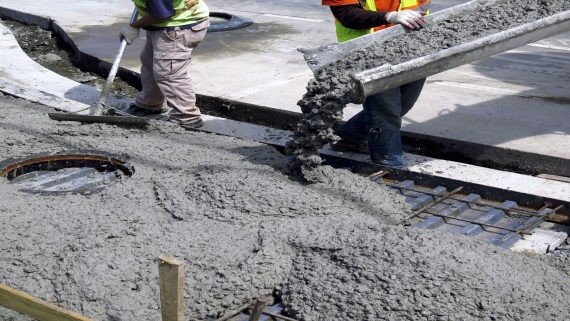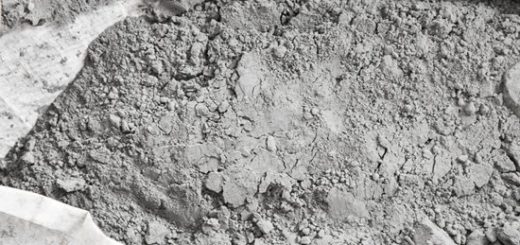Concrete Accelerators | Get Fast Concrete
Civil engineering projects often require the use of concrete for construction and improvements. However, construction projects frequently encounter delays due to the slow curing time of concrete necessary for safe and durable results. Concrete accelerators are an effective and efficient solution to this issue and can drastically reduce curing times without compromising safety and performance.
In this blog article, we will explore the many benefits of concrete accelerators, as well as examine the considerations civil engineers should make when selecting this building material.
What is Concrete Accelerator
The concrete accelerator admixture is also known as a cement accelerator, accelerating admixture, etc. Though there are different names, the faction of it is the same.
An additive for use in concrete, mortar, rendering, or screeds is a concrete accelerator. The use of an accelerator shortens the setting period, which causes the cure period to begin sooner.
As a result, there is a lower chance of frost damage during the wintertime when placing concrete. If the concrete does not attain a strength of 3.4 MPa before freezing, harm results.
According to present research, tricalcium oxy silicate (C3S) hydration and subsequent calcium silicate hydrate (C-S-H) production is thought to be the primary causes of rapid setting and/or hardening.
In certain technical constructions, normal concrete accelerators play a significant role. There are two main types of concrete accelerators.
Non- Chloride Accelerators
Commonly used chemicals in non-chloride accelerators include nitrates, nitrites, thiocyanates, formates, and alkanolamines.
Chloride Based Accelerators
Calcium and alkali chlorides are the principal types of chloride-based accelerators. An increase in the chloride content in the concrete with the addition of the accelerator leads to reduce the hydration heat release time.
Calcium chloride-based accelerators are more efficient in acceleration and low cost compared to non-chloride based concrete accelerators.
Important Notes on Concrete Accelerators
In modern construction, accelerators are frequently used because they can reduce the setting time and/or boost the early strength of both shotcrete and normal concrete. Different from those for shotcrete to minimize the setting time as much as possible, accelerators for regular concrete have a minimum requirement on the setting time to allow sufficient time for concreting, which shall not be less than 30 min according to the European norm EN 934-2: 2009+A1: 2012.
Despite the fact that chloride-based accelerators can efficiently accelerate the setting and hardening of Portland cement, their use in steel-reinforced concrete is not recommended due to potential steel corrosion issues.
Because of this, non-chloride accelerators are still often used in regular concrete, despite their relatively expensive costs.
Use of concrete accelerators
There are many benefits to using concrete accelerators on construction projects. First and foremost, concrete accelerators can drastically reduce curing times. This is especially beneficial for projects with tight deadlines, as it can mean the difference between meeting the deadline and facing costly delays.
In addition, concrete accelerators can also improve the strength and quality of the final product. By reducing curing times, concrete accelerators allow for a stronger bond to form between the cement and aggregate, resulting in a stronger and more durable finished product.
- Concrete Repair Works
When it is required to be used or loaded immediately after the construction, we used the accelerators to gain early strength. For example, in a runaway, we might need to open it soon as possible. In this instance, an accelerator could be a solution.
- New Construction
When it is required to complete the structure early as possible, a concrete accelerator could be used. For example, when we need to do the concreting of a floor every week, adequate strength development is required.
Generally, expect the concrete to develop its compressive strength (design strength – characteristic compressive strength) in 28 days. However, on special occasions, we may require having early strength. We could use the accelerator for these purposes.
Considerations before Use
While concrete accelerators offer many benefits, there are a few considerations we should make before using them on a project.
First, it is important to select a concrete accelerator that is compatible with the other materials being used. This will ensure that the accelerator does not negatively affect the performance of the finished product.
Additionally, we should consider the cost of the accelerator and whether it is worth the investment. In some cases, the cost of the accelerator may be outweighed by the benefits it provides.
However, in other cases, the use of an accelerator may not be necessary and can be omitted in favor of a more cost-effective solution.
Concrete is a material used in construction that is created by mixing cement, aggregate, and water. Concrete has a slow curing time, which can often lead to delays in construction projects. However, the use of concrete accelerators can greatly reduce the curing time of concrete without compromising safety or performance. In this blog article, we will explore the many benefits of concrete accelerators, as well as examine the considerations civil engineers should make when selecting this building material.




